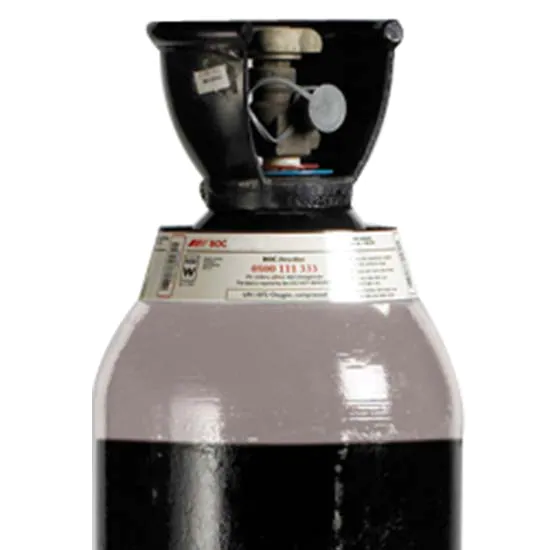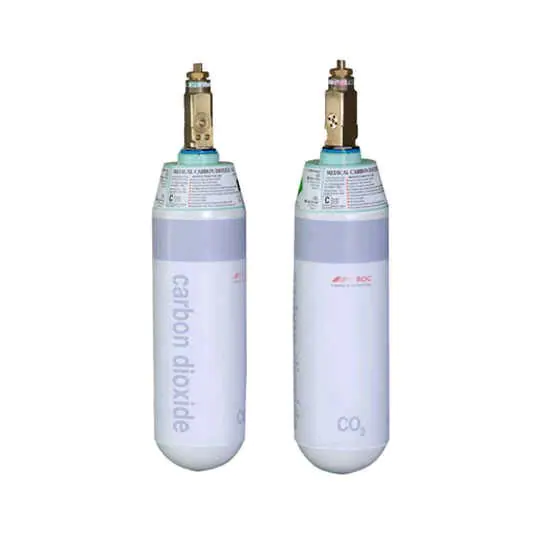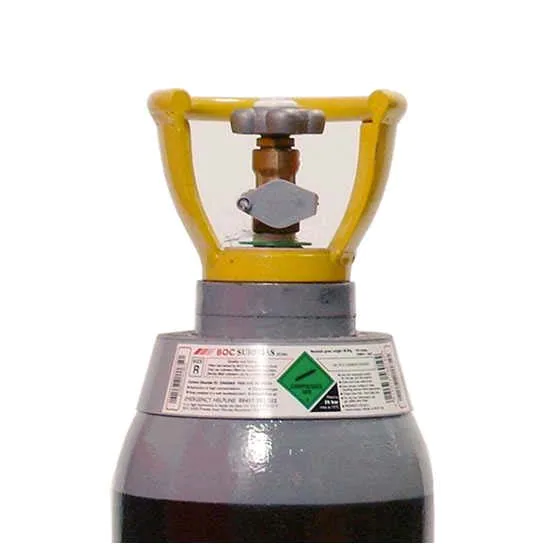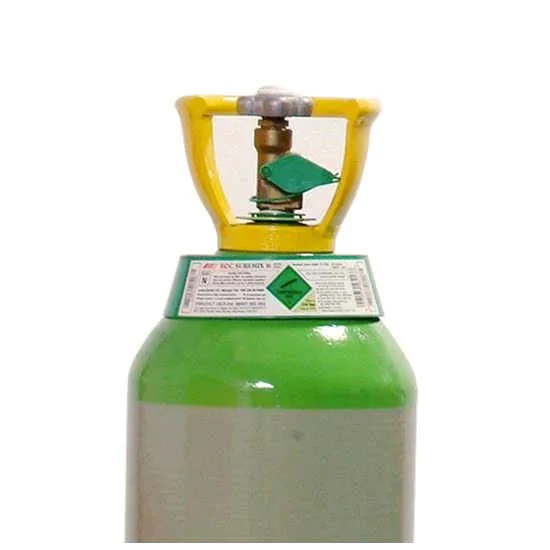$1,493.94
Key Features
In high concentrations, Research Grade Carbon Dioxide 2000lt may cause asphyxiation. Symptoms may include loss of
mobility/consciousness. Victim may not be aware of asphyxiation. Remove victim to uncontaminated area wearing self contained breathing apparatus. Keep the victim warm and rested. Call a doctor. Apply artificial respiration if breathing has stopped. In case of fire: Stop leak if safe to do so. Continue water spray from protected position until the container stays cool. Use extinguishants to contain the fire. Isolate the source of the fire or let it burn out.
Research Grade Carbon Dioxide 2000lt Identified uses:
Industrial and professional. Perform risk assessment prior to use. Aerosol
propellant. Balance gas for mixtures. Beverage applications. Biocidal uses.
Blanketing gas. Blast cleaning. Calibration gas. Carrier gas. Chemical
synthesis. Combustion, melting and cutting processes. Cooling applications.
Fire suppressant gas. Food freezing. Food packaging gas. Freezing, Cooling
and heat transfer. Inerting gas. Inflation systems. Laboratory use. Laser gas.
Plant growth promoter. Pressure head gas, operational assist gas in pressure
systems. Process gas. Purge gas. Refrigerant. Solvent for extraction. Special
effects (entertainment). Test gas.
Consumer use. Propellant gas. Shielding gas in gas welding.
It is the responsibility of the end user to ensure that the product as supplied is
suitable for its intended use.
Research Grade Carbon Dioxide 2000lt Uses advised against
Industrial or technical grade is unsuitable for medical and/or food
applications or inhalation.
Research Grade Carbon Dioxide 2000lt Substances
Chemical name Carbon dioxide
INDEX No.: –
CAS-No.: 124-38-9
EC No.: 204-696-9
REACH Registration No.: Listed in Annex IV/V of Regulation (EC) No 1907/2006 (REACH), exempted from
registration.
Purity: 100%
The purity of the substance in this section is used for classification only, and does
not represent the actual purity of the substance as supplied, for which other
documentation should be consulted.
Trade name: Carbon Dioxide Food Grade, R744, Laserpure, CP Grade
Research Grade Carbon Dioxide 2000lt Precautions for safe handling:
Only experienced and properly instructed persons should handle gases under
pressure. Use only properly specified equipment which is suitable for this product,
its supply pressure and temperature. Refer to supplier’s handling instructions. The
substance must be handled in accordance with good industrial hygiene and safety
procedures. Protect containers from physical damage; do not drag, roll, slide or
drop. Do not remove or deface labels provided by the supplier for the
identification of the container contents. When moving containers, even for short
distances, use appropriate equipment eg. trolley, hand truck, fork truck etc.
Secure cylinders in an upright position at all times, close all valves when not in
use. Provide adequate ventilation. Suck back of water into the container must be
prevented. Do not allow backfeed into the container. Avoid suckback of water,
acid and alkalis. Keep container below 50°C in a well ventilated place. Observe all
regulations and local requirements regarding storage of containers. When using
do not eat, drink or smoke. Store in accordance with
local/regional/national/international regulations. Never use direct flame or
electrical heating devices to raise the pressure of a container. Leave valve
protection caps in place until the container has been secured against either a wall
or bench or placed in a container stand and is ready for use. Damaged valves
should be reported immediately to the supplier Close container valve after each
use and when empty, even if still connected to equipment. Never attempt to
repair or modify container valves or safety relief devices. Replace valve outlet
caps or plugs and container caps where supplied as soon as container is
disconnected from equipment. Keep container valve outlets clean and free from
contaminates particularly oil and water. If user experiences any difficulty
operating container valve discontinue use and contact supplier. Never attempt to
transfer gases from one container to another. Container valve guards or caps
should be in place. Depressurisation of liquid CO2 below approximately 5 bar can
create solid CO2 which may block protective devices, pipework and create dry-ice
within containers. Containers, which contain or have contained flammable or
explosive substances, must not be inerted with liquid carbon dioxide.
Be the first to review “Research Grade Carbon Dioxide 2000lt” Cancel reply
Related products
Carbon Dioxide
Carbon Dioxide
Carbon Dioxide
Carbon Dioxide
Carbon Dioxide
Carbon Dioxide














Reviews
There are no reviews yet.